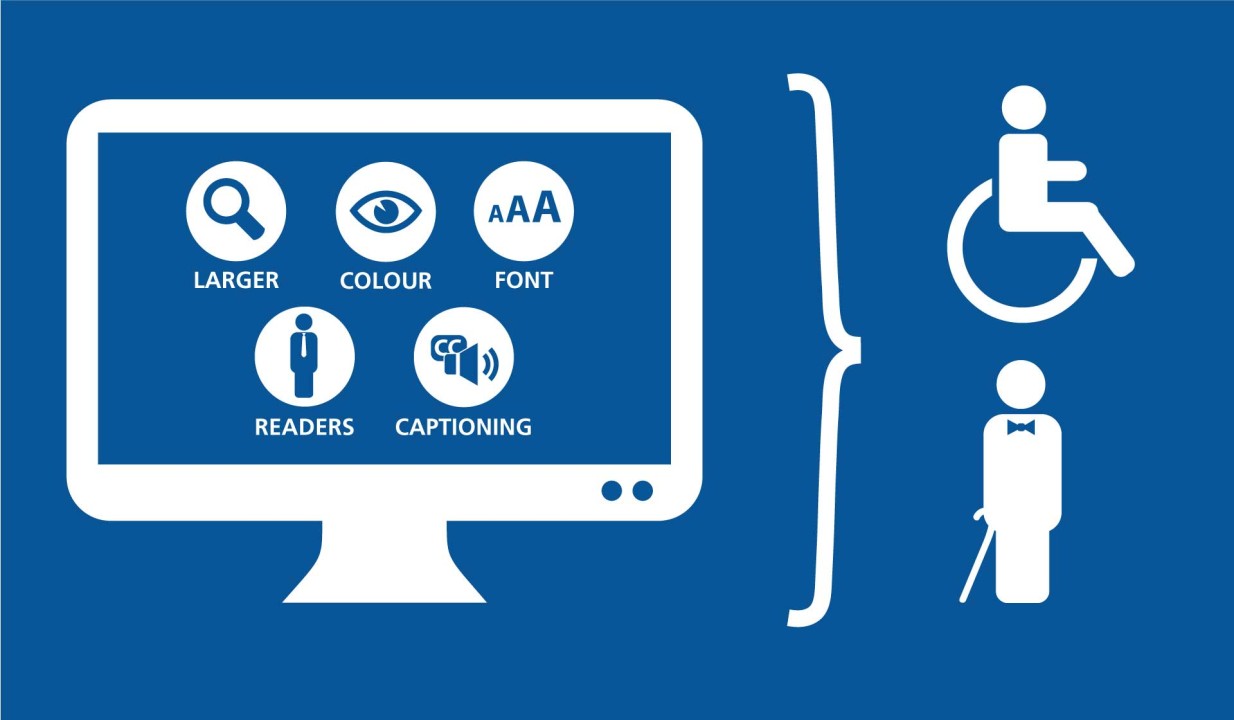Buzz Haven: Your Source for Trending Insights
Stay updated with the latest buzz in news, trends, and lifestyle.
Accessibility for All: Making the Web a Friendlier Place
Unlock a friendlier web for everyone! Discover top tips and insights on web accessibility that you can't afford to miss.
Understanding Web Accessibility: Key Principles and Best Practices
Understanding web accessibility is crucial for creating inclusive online experiences for all users, including those with disabilities. The key principles of web accessibility are often encapsulated in the POUR guidelines: Perceivable, Operable, Understandable, and Robust. These principles ensure that all users can perceive the content available on the web, operate the interface effectively, understand the information, and that the technology remains robust across different platforms and devices. For example, using alt text for images enhances the perceivability for screen reader users, while ensuring keyboard navigation supports operability for users with mobility impairments.
To implement best practices for web accessibility, consider the following recommendations:
- Use semantic HTML to provide clear structure and meaning.
- Ensure sufficient color contrast between text and backgrounds for readability.
- Provide text alternatives for non-text content like images and videos.
- Implement ARIA (Accessible Rich Internet Applications) roles when necessary to enhance interactivity.

10 Simple Steps to Make Your Website More Accessible
In today's digital landscape, making your website more accessible is crucial for ensuring that all users can navigate and benefit from your content. Here are 10 simple steps to enhance accessibility on your site. First, prioritize the use of alt text for images, as it provides essential context for visually impaired users relying on screen readers. Next, ensure your website's contrast ratios meet accessibility standards, improving readability for those with vision impairments. You can use various online tools to check these ratios.
Furthermore, consider implementing keyboard navigation so users can easily navigate your site without a mouse. Headings should be used hierarchically to provide a clear structure, making it easier for screen readers to interpret your content. Additionally, avoid using blinking or scrolling text, as these can be distracting and challenging for some users. Lastly, don't forget to test your website with real users who have disabilities to gather feedback and make continuous improvements.
Is Your Website ADA Compliant? Essential Tools to Evaluate Accessibility
Ensuring your website is ADA compliant is not just a legal requirement but also a commitment to inclusivity. The Americans with Disabilities Act (ADA) sets standards that web accessibility must meet to provide equal access to individuals with disabilities. To evaluate your website's compliance, it is essential to leverage a variety of tools designed to assess accessibility. These tools can help you identify potential barriers that users may encounter, ensuring that your website is navigable for everyone, regardless of their abilities.
Some of the most effective tools to evaluate your website's accessibility include WAVE, Axe, and Google Lighthouse.
- WAVE: This tool provides visual feedback about the accessibility of your web content by highlighting areas that need improvement.
- Axe: A powerful browser extension that performs accessibility audits and helps developers fix issues directly in their code.
- Google Lighthouse: A built-in tool in Chrome DevTools that offers an overall assessment of your site's performance, including accessibility scores and recommendations for enhancements.